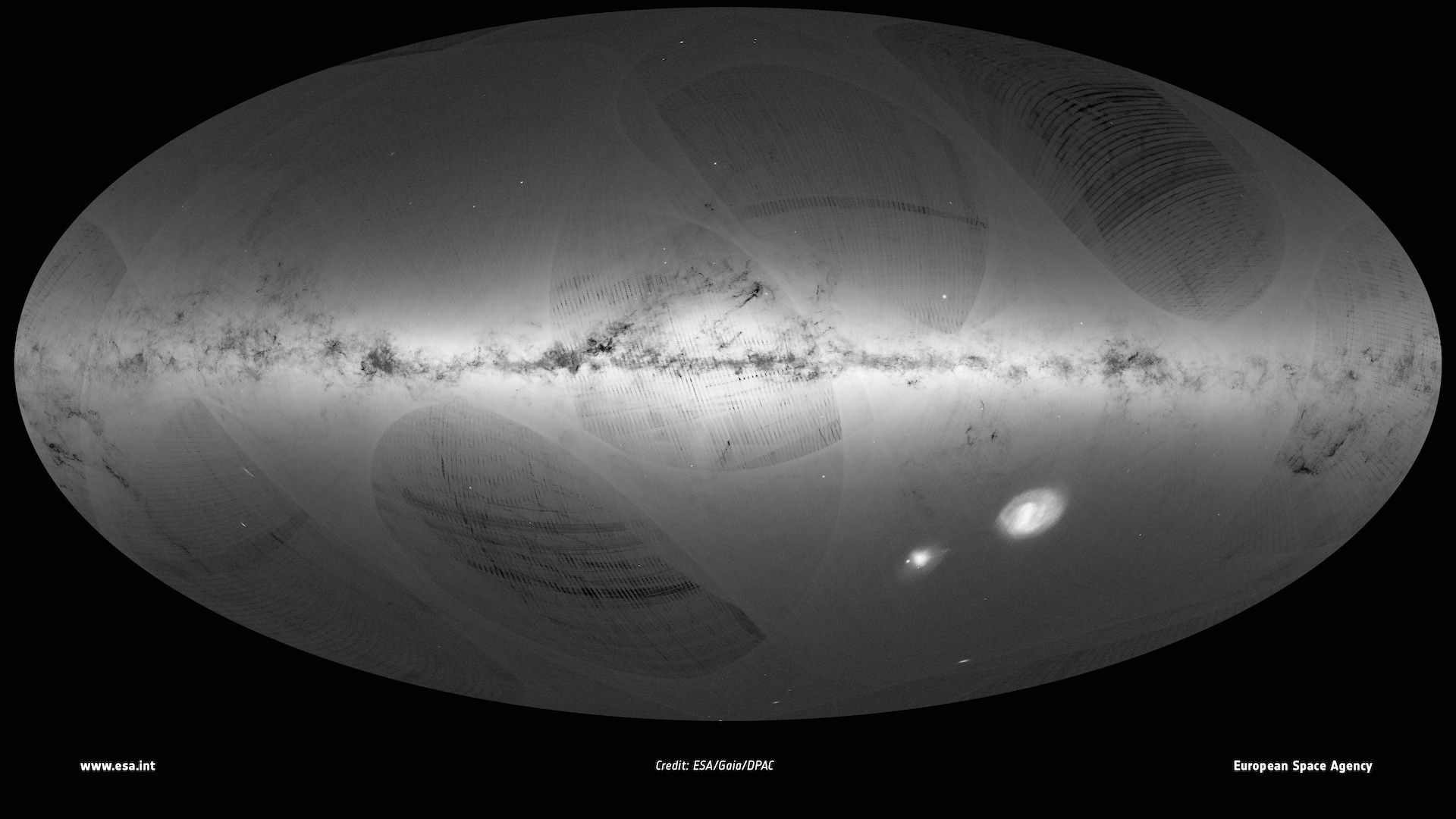New 3D map of the galaxy is our most detailed look at the Milky Way yet
But still only covers 1 percent of the stars out there

Astronomers got a new toy in 2013. It's a satellite called Gaia, and since launching in December of that year, it's been circling the Sun, quietly taking photos of the rest of the galaxy with its billion-pixel camera - the largest ever in space.
It's so powerful, in fact, that it could resolve the width of a human hair at a distance of 1,000 kilometres. There isn't much hair in space, but there are a lot of stars - and those stars are what Gaia is interested in.
A Billion Stars
Now, scientists from the European Space Agency have used those photographs to build a three-dimensional map of our galaxy - the Milky Way. It covers an area about 100,000 light years across, and contains about a billion stars. That makes it 1,000 times more complete than any existing map of the galaxy.
Within the new map, both the position and the movement of every star is charted, allowing astronomers to figure out its distance from Earth. Data about the temperature, brightness and chemical composition of about two million of the brightest stars has also been logged.
But despite this unparalleled level of detail, the map only covers about one percent of the estimated number of stars in the Milky Way. Which is why Gaia isn't stopping any time soon - it has another two years or so left on its mission, which will be mostly spent filling out temperature and brightness data on the dimmer stars.
Thousands of New Worlds
The information that it gathers will be used to understand the origin and evolution of the Milky Way, reveal thousands of new worlds, spot asteroids that could threaten Earth, learn more about the distribution of dark matter and even test Einstein's general theory of relativity. It's thought that this first release of data alone will generate hundreds of new scientific papers.
"Over the centuries we have sought to catalogue the content of the skies," astronomer Francois Mignard, a member of the Gaia Science Team, told AFP. "But never have we achieved anything so complete or precise—it is a massive undertaking."
Get daily insight, inspiration and deals in your inbox
Sign up for breaking news, reviews, opinion, top tech deals, and more.
- Duncan Geere is TechRadar's science writer. Every day he finds the most interesting science news and explains why you should care. You can read more of his stories here, and you can find him on Twitter under the handle @duncangeere.
